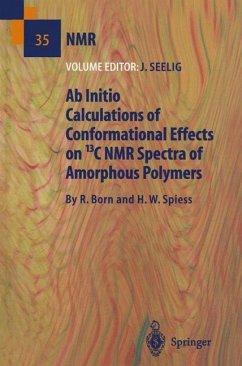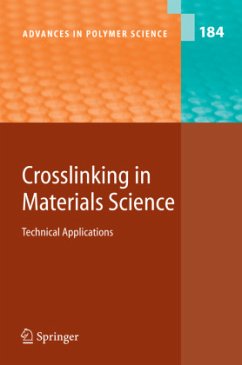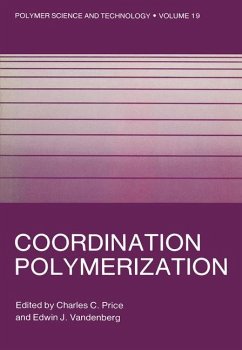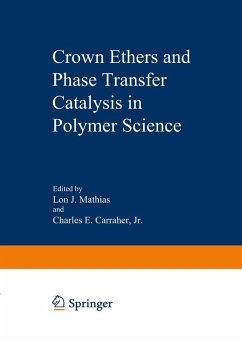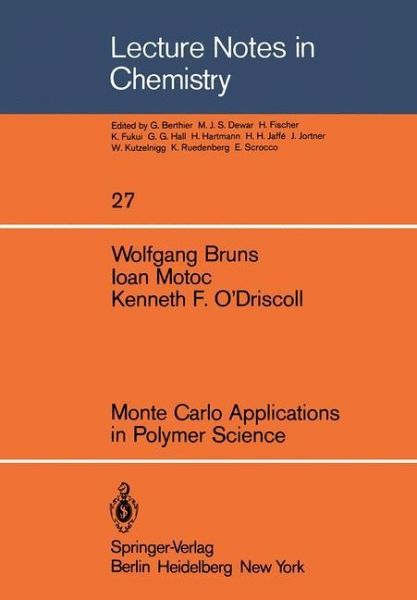
Monte Carlo Applications in Polymer Science

PAYBACK Punkte
19 °P sammeln!
The aim of this chapter is to discuss in detail the Monte Carlo algorithms developed to compute the sequence distributions in polymers. Because stereoregular polymers constitute a unique form of copolymer, the stereosequence distributions in vinyl homopolymers and the sequence distributions in copolymers can be computed using the same algorithms. Also included is a brief review of probabilistic models (i. e. , Bernoulli trials and Markov chains) frequently used to compute the sequence distribtuion. The determination of sequence distributions is important for the under standing of polymer physi...
The aim of this chapter is to discuss in detail the Monte Carlo algorithms developed to compute the sequence distributions in polymers. Because stereoregular polymers constitute a unique form of copolymer, the stereosequence distributions in vinyl homopolymers and the sequence distributions in copolymers can be computed using the same algorithms. Also included is a brief review of probabilistic models (i. e. , Bernoulli trials and Markov chains) frequently used to compute the sequence distribtuion. The determination of sequence distributions is important for the under standing of polymer physical properties, to compute the monomer reactivity para meters and to discriminate among polymerization mechanisms. 2. 2. Short review of analytical models, Monte Carlo algorithms and computer programs. l A Bernoullian model was developed by Price. Within this model the probability of a given state of the system is independent of the previous state and does not condition the next state. The Bernoullian behaviour has been shown 24 to describe cls-trans distributions among 1, 4 additions in polybutadienes - , 5 the comonomer distribution in ethylene-vinyl acetate copolymer , and configura 6 tional distributions in polystyrene , poly (vinyl chloride)7, poly (vinyl alcohol)7 Consider the binary copolymerization: ;1,J=1,2 (1) where - MI , I = 1,2, is an ionic or radical polymeric chain end, and M, J = 1,2, J is a monomer. Because the final state (i. e.







